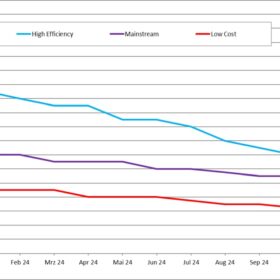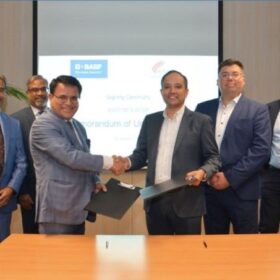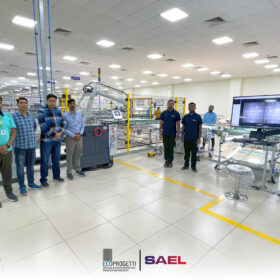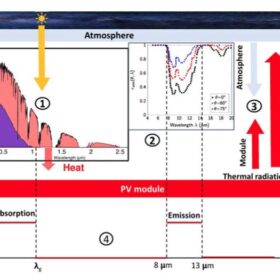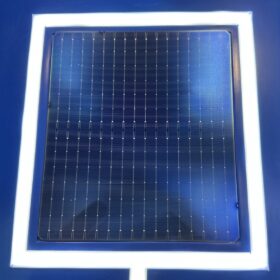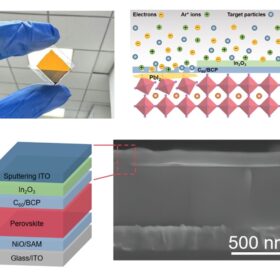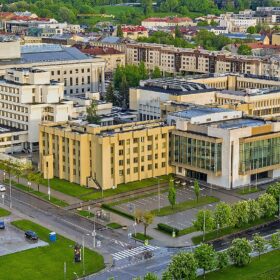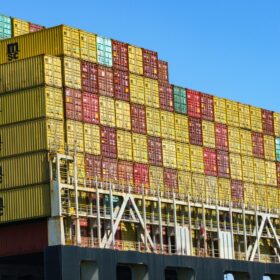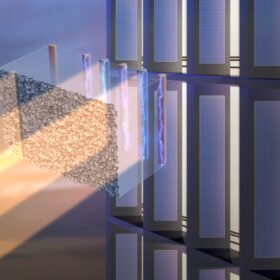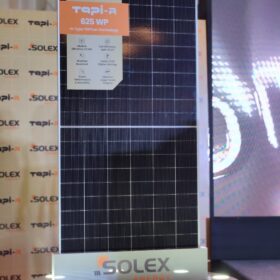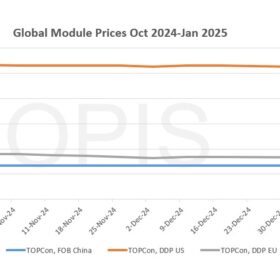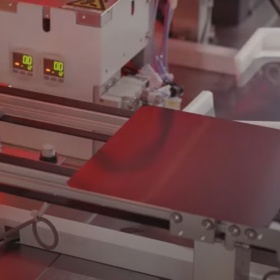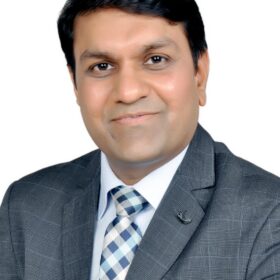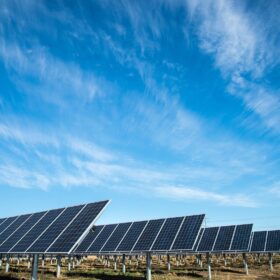Solar panel price drop in November may mark end of downward trend
Martin Schachinger, founder of pvXchange.com, says the 8% price drop in November for solar modules could mark the end of sustained declines, as market signals are pointing to a possible recovery.
The Hydrogen Stream: ACME Cleantech, BASF sign agreement to supply green ammonia to Europe
ACME Cleantech and BASF have also signed a Memorandum of Understanding (MoU) to explore further collaboration in the green ammonia business.
Ecoprogetti delivers 300 MW solar panel production line to SAEL
SAEL’s production line from Italy’s Ecoprogetti is equipped to produce double-sided glass-glass solar panels using TOPCon M10 cells.
Unlocking the potential of radiative cooling for photovoltaic modules
Radiative cooling is an emerging technology that holds the potential to enhance the performance and longevity of PV modules. Researchers from the Institute of Nanotechnology of Lyon explain how this technology may reach commercial maturity.
All solar cell efficiencies at a glance – updated
The research group led by Professor Martin Green has published Version 65 of the solar cell efficiency tables. There are 17 new results reported in the new version.
Building self-reliance in the solar value chain
A multi-pronged policy mix has been adopted by the government to promote solar adoption. In the Budget 2024-25, a corpus of INR 10,000 crore was allocated to promote the solar industry, a 110% increase from the previous year. Solar manufacturing equipment have been exempt from the basic customs duty list to boost domestic manufacturing. In contrast, there is a 10% customs duty on the import of solar glass as we currently have enough capacity to meet all our domestic requirements.
Perovskite-silicon tandem solar cell based on indium oxide buffer layer achieves 30.04% efficiency
Researchers in China have fabricated a perovskite-silicon tandem solar cell that utilizes an indium oxide sputtering buffer layer to protect the perovskite absorber and the electron transport layer from potential damages arising from the electrode deposition process. The new layer not only ensured this protection but also showed strong optical and electrical properties.
Lithuania bans remote Chinese access to solar, wind, storage devices
Lithuania has decided to tighten its cybersecurity laws, banning manufacturers from countries deemed national security threats, including China, from remotely accessing management systems of solar, wind, and storage facilities. The European Solar Manufacturing Council has backed the move.
Looming Trump tariffs drive rush on US imports, push shipping costs higher
Freight costs are rising as businesses rush to import goods ahead of higher tariffs promised by US President-elect Donald Trump on Chinese and European products.
Longi unveils heterojunction BC solar cells with 27.3% efficiency
The Chinese manufacturer said the device is based on dense passivating contacts that reduce parasitic light absorption and improve passivation. It used a streamlined manufacturing technique that is reportedly about one-third more effective than TOPCon mainstream technology.
